Thanks to some of the most unique natural formations due to volcanoes, lava tubes, scenic waterfalls and a distinct weather, Jeju Island in South Korea has become a true natural wonder of the world.
Both its natural landscapes and its local culture is a wonderful spectacle that tourists must experience at least once in their lifetime.
Locally referred to as ‘Island of the Gods’, Jeju Island lives up to expectations with its unparallel and distinct landscapes, gorgeous scenery, endless natural attractions and a beautiful local culture.
The inhabitants of Jeju have managed to develop a distinct culture and language from those of mainland Korea including its matriarchal family system as personified by ‘haenyeo’ or sea women.
As a tourist, you need to understand how Jeju Island was formed, its unique biodiversity, natural landscape and culture to comprehend why Jeju Island is a true natural wonder of the world.
Page Contents
Reasons why Jeju Island is a true natural wonder of the world
Jeju Island Formation and Ecology
Jeju Island was formed about 2 million years ago via volcanic activity.
What is interesting though, is that the island is still considered as an active volcano site. This is mainly due to the fact that there was a volcanic eruption on the island approximately 5000 years ago.
There are caves with an intricate live lava tubes system that makes Jeju Island one of the most unique places on Earth.
Thanks to the volcanic activity and its location in the ocean, the island has a rich ecology that includes distinct plant and animal species. Many of these species are in the endangered category.
Jeju Island is a UNESCO World Natural Heritage Site with three natural wonders including Mount Hallasan, Geomunoreum Lava Tubes and Seongsan Ilchulbong tuff cone.
Mount Hallasan
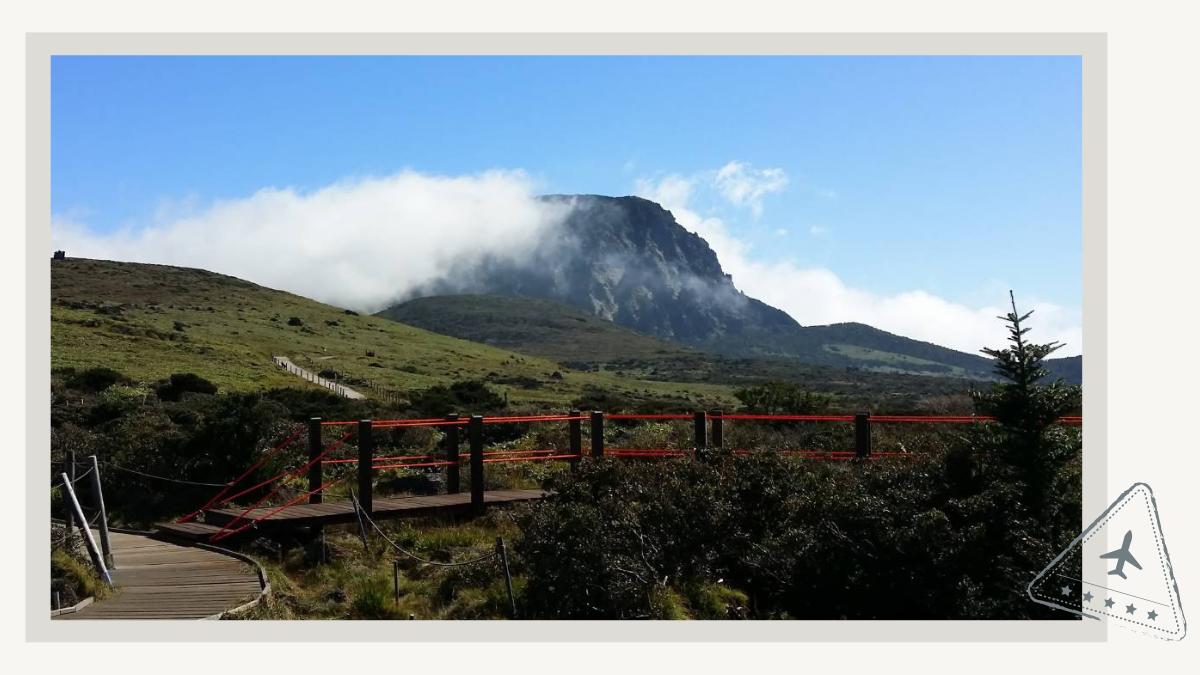
Located within the Hallasan National Park, Mount Hallasan or simply referred to as Hallasan, is the highest mountain in South Korea.
Since Hallasan is situated at the center of Jeju Island, you get spectacular 360 degree views of the surrounding areas that are part of the UNESCO Biosphere Reserve.
Hallasan is in fact a shield volcano with an elevation of 1947 meters. Tourists can hike to its highest point and honestly this is where you get to genuinely appreciate the natural beauty of Jeju Island.
Considering Hallasan National Park is both an UNESCO Biosphere Reserve and UNESCO World Heritage Site, there are thousands of plant and animal species within the park.
You have a gorgeous crater lake, alpine vegetation, fields of vibrant purple azaleas and other flowers, hordes of native insect species and packs of animals that all call Hallasan National Park their home.
The entire biodiversity and ecology surrounding Hallasan makes the place not just one of the most beautiful but also one of the most distinct locations on Earth.
Geomunoreum Lava Tube System
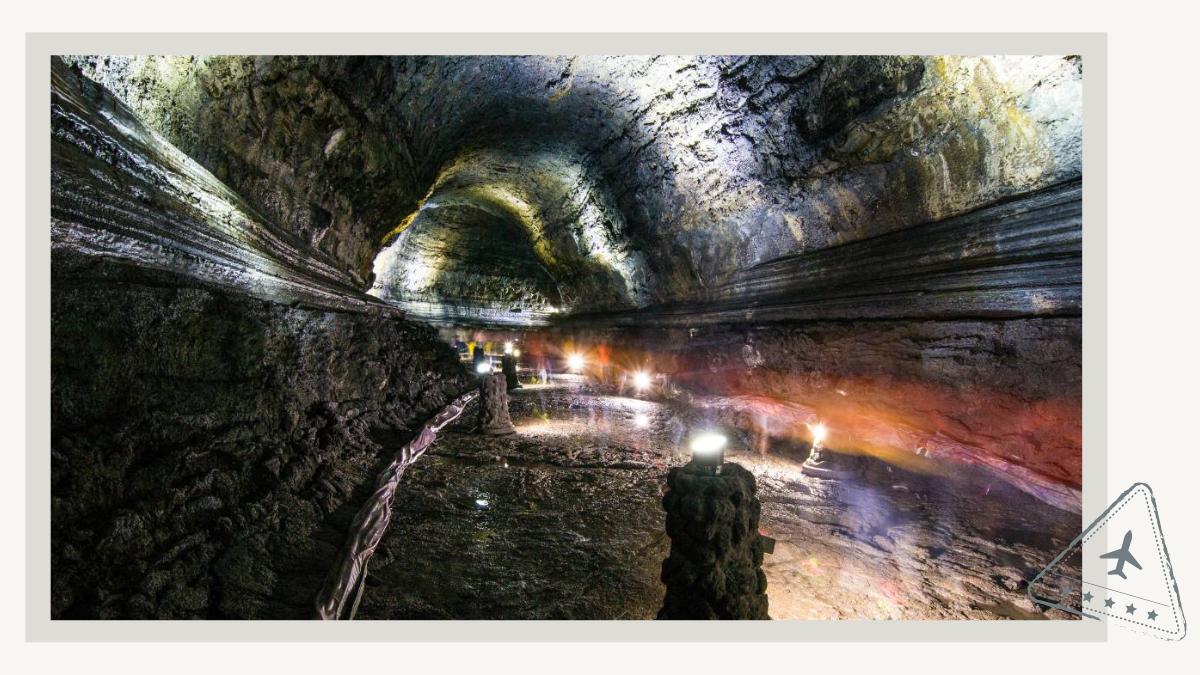
Lava tube systems are underground tunnels through which lava travels underneath a lava flow.
The Geomunoreum lava tube system in Jeju Island is considered as the best and most unique lava tube system in the world.
The most famous of these lava tube systems in Jeju Island is in Manjanggul cave. It has 13 kilometers of tunnels creating a complex and intricate network of lava flow.
The best part from a tourist point of view, is that you can actually explore about a kilometer or two of these underground lava tunnels in Manjanggul cave.
It is a thrill of a lifetime and a one of a kind experience in Jeju Island. There is nothing like it anywhere else in the world.
The rock formations within the Manjanggul caves are brilliant with one of them looking like a turtle.
The Geomunoreum lava tube system is a UNESCO designated World Natural Heritage Site and is a must-see in Jeju Island.
Seongsan Ilchulbong
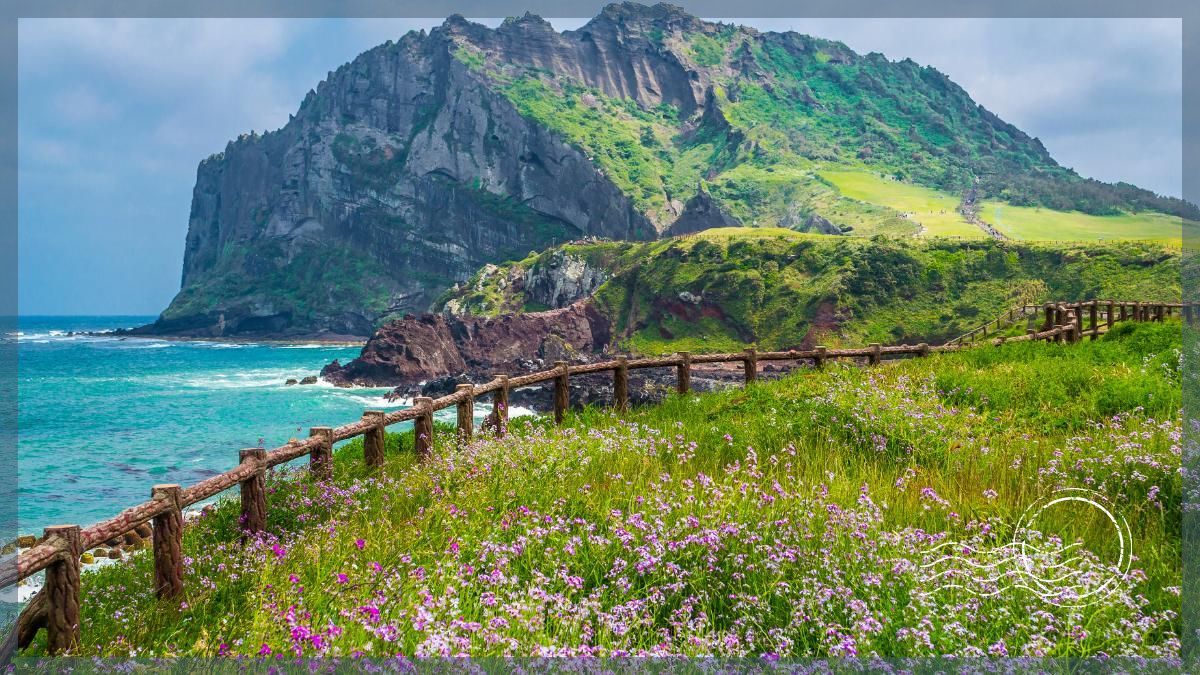
Seongsan Ilchulbong is a tuff cone that was formed 5000 years ago during the last volcanic eruption in Jeju Island.
It is the third of the UNESCO World Natural Heritage Sites on the island.
A tuff cone is formed when there is a volcanic eruption from under the sea. Due to the lava, water starts to steam rapidly and starts expanding vertically. Once the whole eruption and the complex dance between cool waters and hot lava starts to settle, the ash around the volcanic vent transforms into solid rock formations.
The result is a cone like structure that feels like a mountain with an immaculate crater in between.
Seongsan Ilchulbong is the perfect volcanic tuff cone that you can experience in Jeju Island. The peak of Seongsan Ilchulbong stands at 182 meters. There are steps made for tourists who wish to venture up and marvel at this natural monument from its summit.
Seongsan Ilchulbong is also referred to as the sunrise peak of Jeju Island. Located on the eastern section of the island, you get breath-taking views all around and of course, witness a mesmerizing sunrise if you can venture out early in the morning.
As with any volcanic formations, the area is rich in distinct flora and fauna that adds to the incredible charm of Seongsan Ilchulbong.
Jusangjeolli Cliff
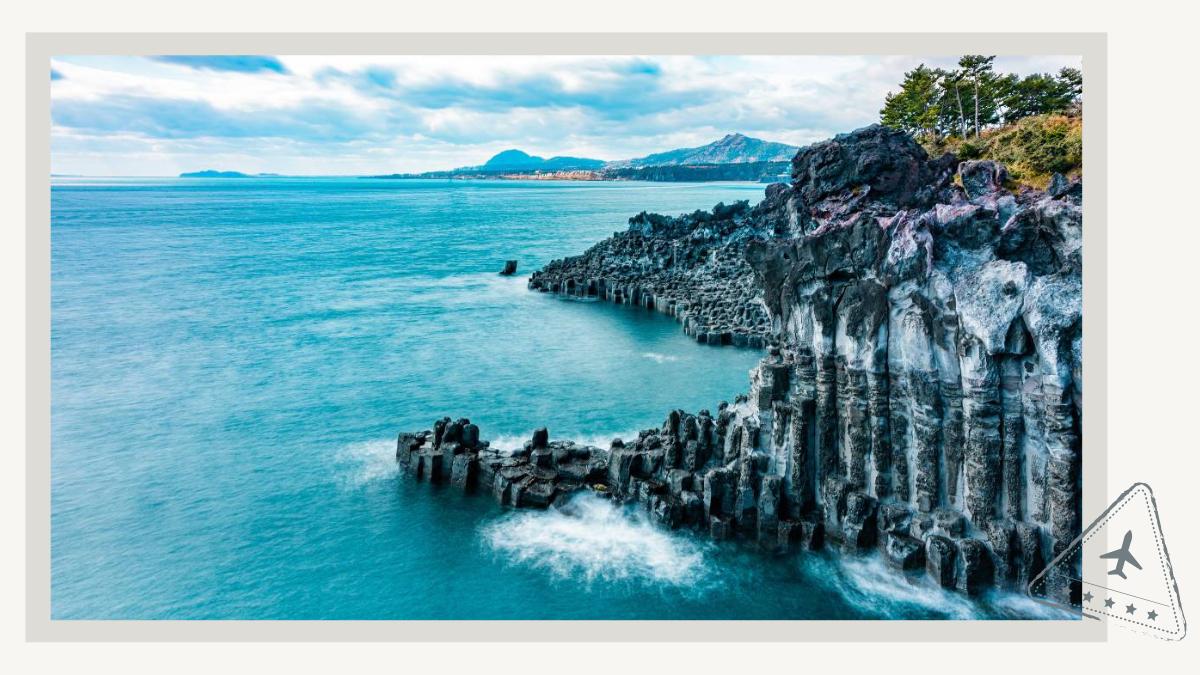
Jusangjeolli Cliff is another unique natural monument in Jeju Island that you need to experience.
The square and hexagonal cliff pillars were formed due to volcanic eruption from Mount Hallasan. The lava from the volcano along with the cool waters of the Jungmun sea came together to form the fantastic Jusangjeolli Cliffs.
As you walk around on this brilliant landscape, you will see beautiful blue waters of the sea mixing with the black stones of the Jusangjeolli Cliff. The colours, landscape and shapes formed are what make Jusangjeolli Cliff so awe inspiring.
Jeongbang and Cheonjiyeon Waterfalls
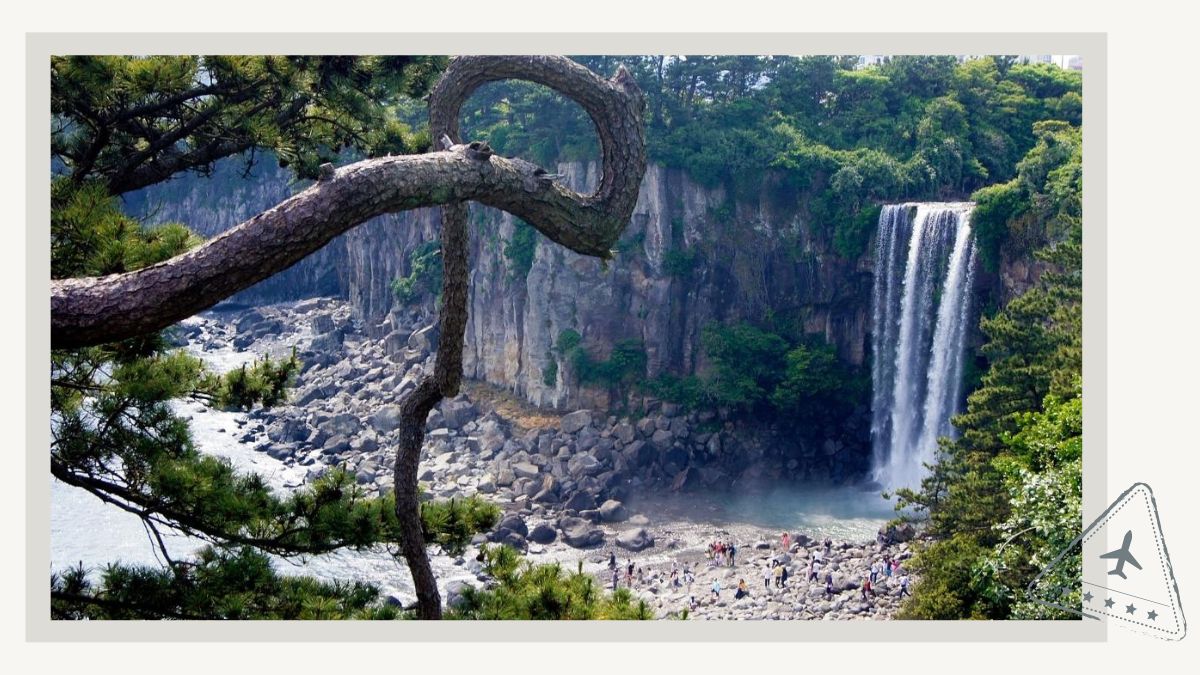
Jeju Island is blessed with a number of brilliant waterfalls that add to the beauty of the entire location.
Of the major waterfalls, tourists must experience Jeongbang and Cheonjiyeon Waterfalls in particular. The two waterfalls are located close to each other and have something special in them.
Firstly, Jeongbang Waterfalls is the only waterfall in entire Asia that plunges directly into the sea below.
This is quite a rare sight for anywhere in the world. It is also quite mesmerizing to see a 23 meter tall and almost 8 meter wide waterfall dive from the heights of a cliff directly into the sea.
Second, Cheonjiyeon Waterfalls may not have the spectacle of diving into the sea, it does fall from a height of 22 meters into a beautiful pond that is surrounded by volcanic rock formations.
It is just a breath-taking sight and is extremely popular during sunset, thanks to the play of colours at dusk.
Dol Hareubang
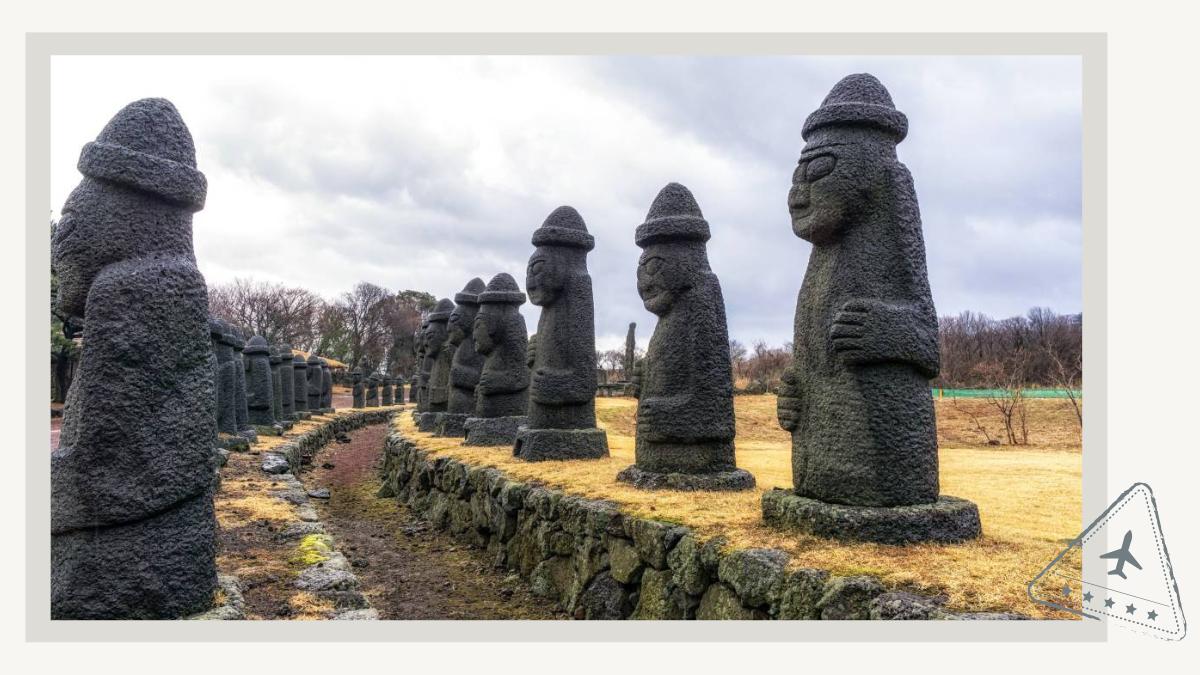
Dol Hareubang are sculptures or statues that were made using volcanic basalt rock over 250 years ago.
You will find these statues of about 3 meters in height all over Jeju Island, although not many of them are left from its original numbers.
There are a number of stories, myths and legends associated with the Dol Hareubang sculptures. These hand sculpted stone statues are either said to ward off evil or have connections to fertility amongst the residents of Jeju Island.
The creators of these sculptures are also a matter of debate and legend. All of the statues have faces with a grin or a smile. The hands of the statues are placed on the belly but one above the other.
It is a fun sighting but you need to also admire the history of these statues considering how they were made using natural volcanic rocks.
Jeju Olle Trails
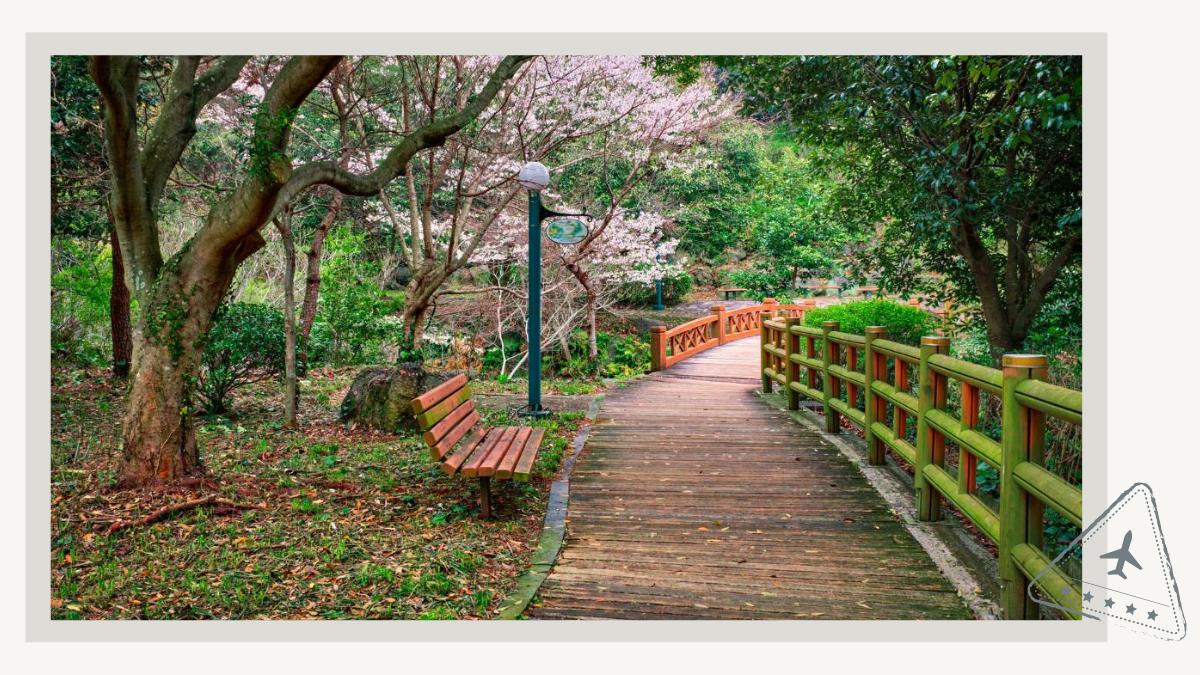
Jeju Olle Trails are a network of 21 fantastic trails with sub-routes that cover a distance of about 425 kilometers.
What is special about these trails is that they are spread over the incredible coastline of Jeju Island including spectacular rock formations.
The entire terrain is as unique as it can get considering you are walking on essentially cooled down volcanic landscape.
Walking or hiking around the Jeju Olle Trails regardless of which route you take is one of the best ways to experience the island and just marvel at the natural wonder that it is.
Final thoughts
Jeju Island completely lives up to its tagline of ‘Island of the Gods’.
I can talk about it as much as I can or you can listen to the odes singing the island’s virtues. However, to truly comprehend why Jeju Island is a natural wonder of the world, you need to visit to experience yourself.
It is a UNESCO World Natural Heritage Site with a host of designated natural monuments. It has a distinct terrain, landscape, ecology, history and culture that will leave you completely awestruck from the moment you set foot on Jeju Island.

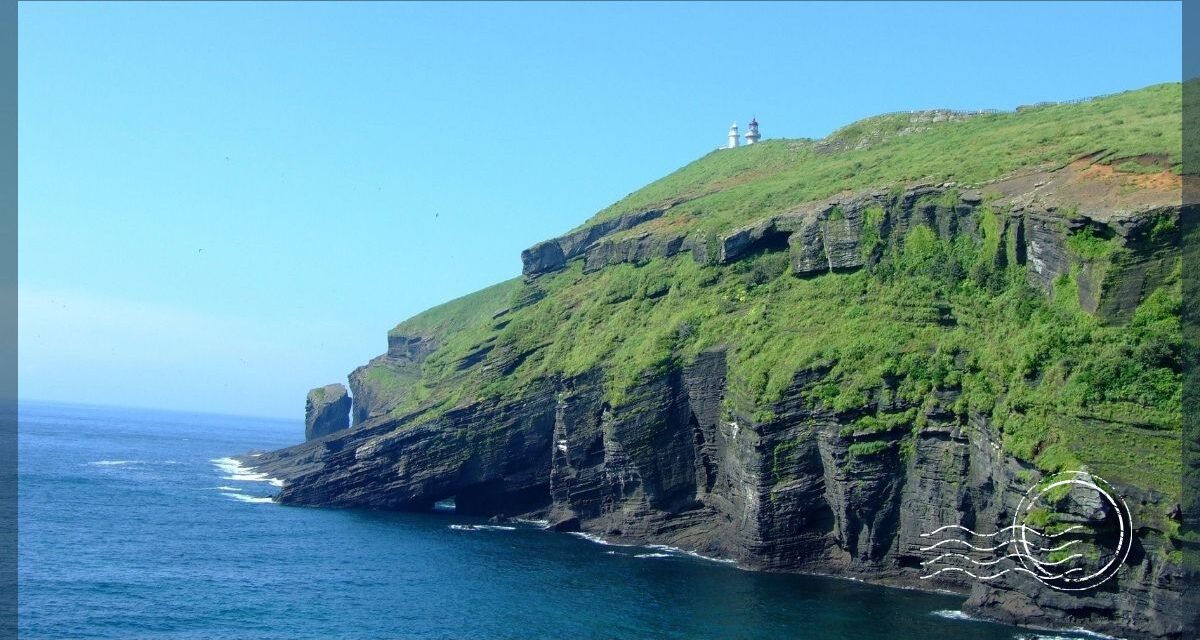
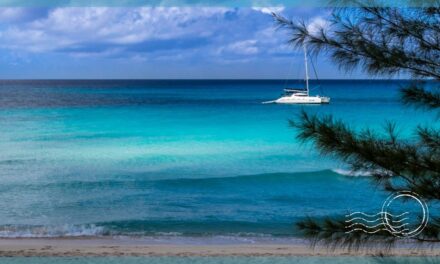
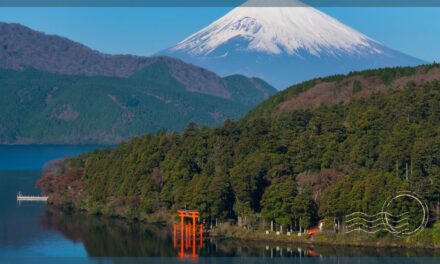
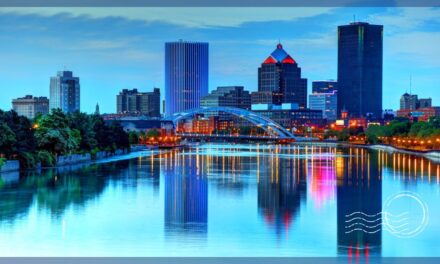
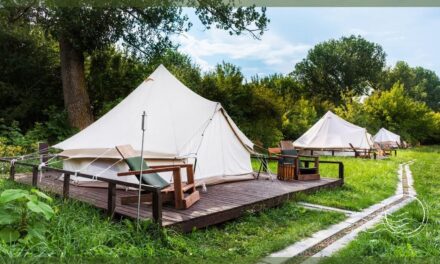
Trackbacks/Pingbacks